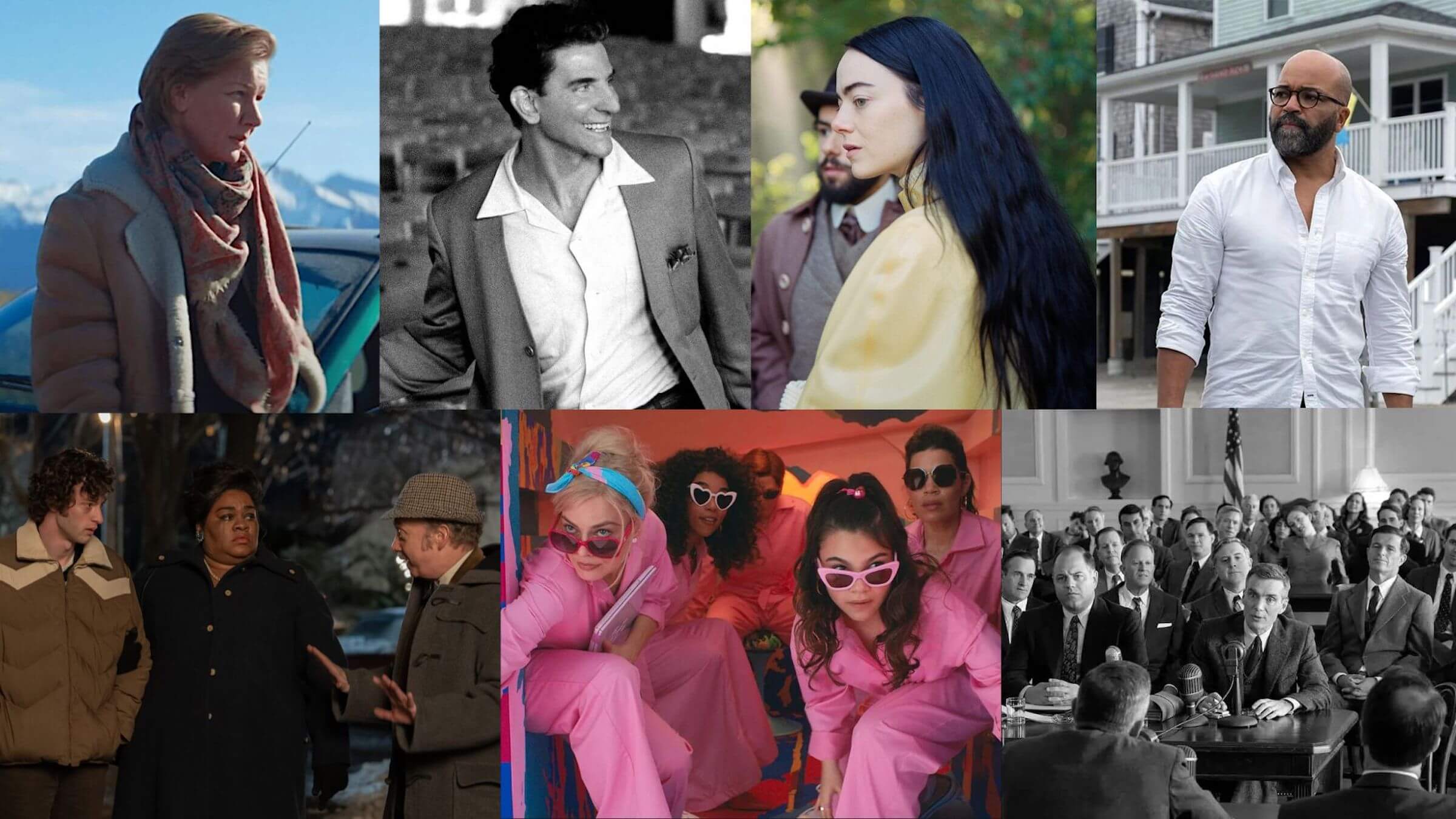What Greta Gerwig's 'Barbie' Teaches You About Screenwriting
July 26, 2023
What’s it like to be a Barbie girl in a Barbie world? In Greta Gerwig’s highly-anticipated new movie, Barbie, the Oscar-winning screenwriter and director weaves a complex tale of a “Stereotypical” Barbie who experiences an existential crisis and must come to terms with reality when she steps into the real world.
A self-proclaimed Barbie movie for everyone, Gerwig brings together a murderer’s row of Hollywood talent to produce the first live-action film of a beloved (and hated) doll created over sixty years ago. Filled with heart, humor, and a strong, positive message, Barbie nails the four-quadrant story considered a must-have for box office success.
For storytellers, there are plenty of screenwriting lessons from the movie written by Gerwig and Noah Baumbach and starring Margot Robbie, Ryan Gosling, Issa Rae, and Kate McKinnon.
Embrace Reality
How do you begin tackling the story of a toy like Barbie? Any number of filmmakers could have taken a series of approaches to bring Barbie to the big screen. Barbie doesn’t shy away from what it is — in fact, it embraces that reality and makes it part of the story.
Barbie lives in Barbieland where almost everyone else is named Barbie because rarely were any of the dolls given other names, just occupations or talents, i.e. Astronaut Barbie, Doctor Barbie. She lives in her Barbie dreamhouse and moves like someone is playing with her. This is the reality in which people know Barbie – as a doll.
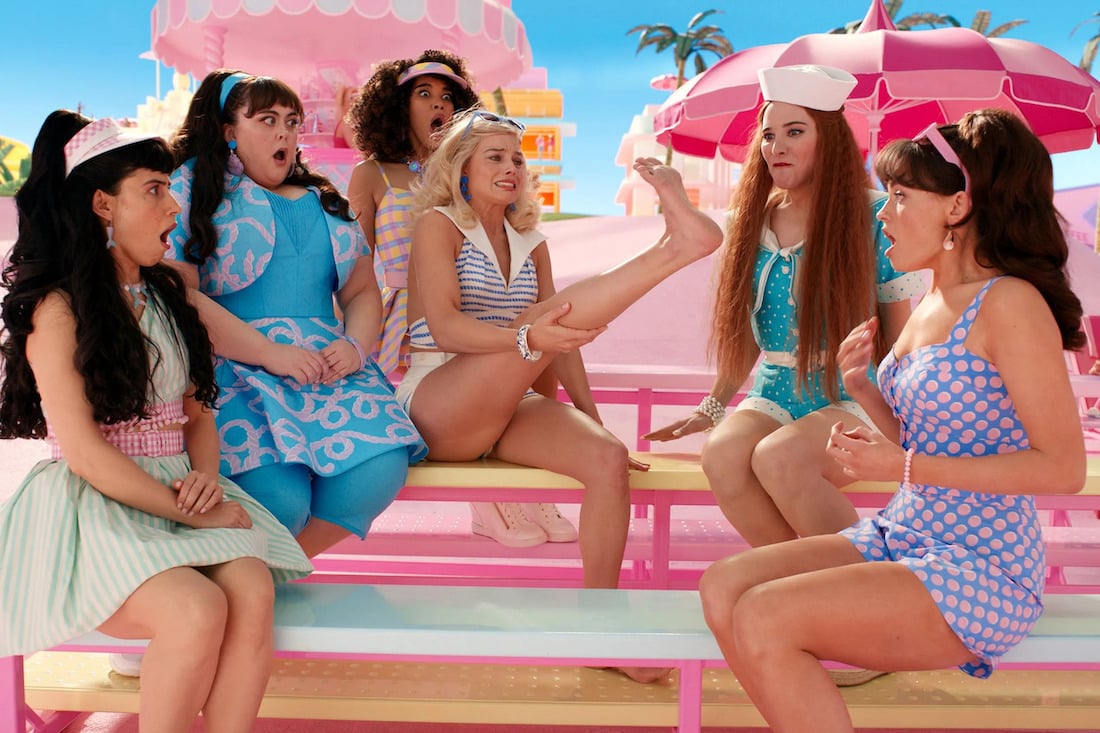
Writers can observe how this creative Barbieland world impacts the way the characters talk with one another including the Kens, the roles they have as a community, and even how they set up the contrast of a matriarchal society versus the patriarchal society they travel to. The expectations were set up from the very beginning that this was a toy’s world and Gerwig embraced the playful existence Barbie has in the lives of those who play with her.
Embrace the Hero’s Journey
A lot has been written about Joseph Campbell’s famous Hero’s Journey. It’s a model so frequently used that some filmgoers are frustrated because they anticipate everything that’s going to happen. But that doesn’t stop storytellers from using it as a model, and it’s a concept you should consider as well.
Read More: How to Harness Dan Harmon's Story Circle to Tell Better Stories
Barbie goes on her own hero’s journey — those familiar with the model can follow it throughout the film. Everything from setting up Barbie’s current world to her call to adventure to receiving guidance from a mentor and even the all-is-lost moment is on full display.
Don’t shy away from the hero’s journey. Use it as a tool to create a great film.
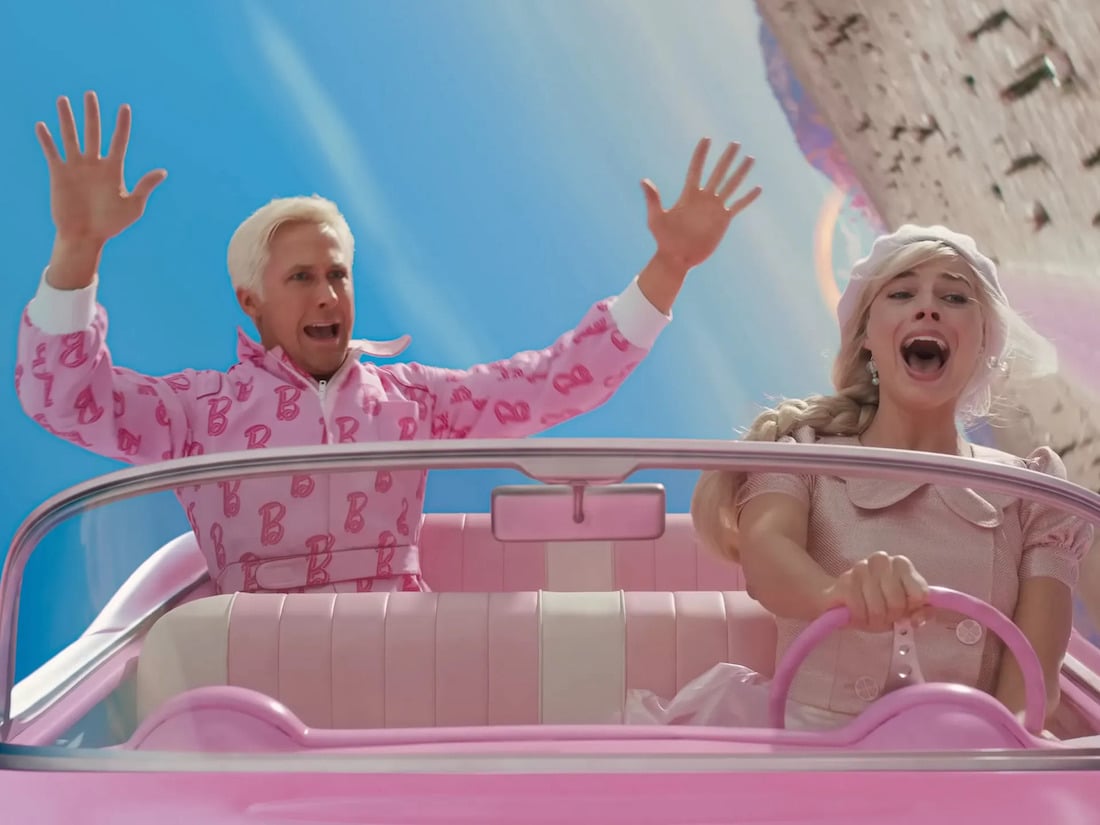
Pick Your Catalyst for the Journey
Everything is going great in Barbieland. The Barbies are living their best lives and the Kens are in the background as the secondary character they were always meant to be.
Then Barbie has a thought about death.
In this happy, colorful world, why would a figure like Barbie have this thought enter her mind? And so, the catalyst for her journey begins. Sometimes just a thought is all it takes to set the journey in motion but it must be something that shatters the hero’s world to the core. Other times it could be someone stealing their car (John Wick) or a family inheriting a deceased family member’s farm (Ghostbusters: Afterlife). These events, whether they are internal or external, push the protagonists out of their comfort zone and into a journey that will change their life.
Clichés Are Okay...and Fun to Reinvent
Barbie goes from Barbieland to the real world. That’s not only a high-concept idea, it’s an ultimate fish out of water story. Fish out of water is the idea of someone taken from their normal environment and placed into a world that is wholly new and foreign to them.
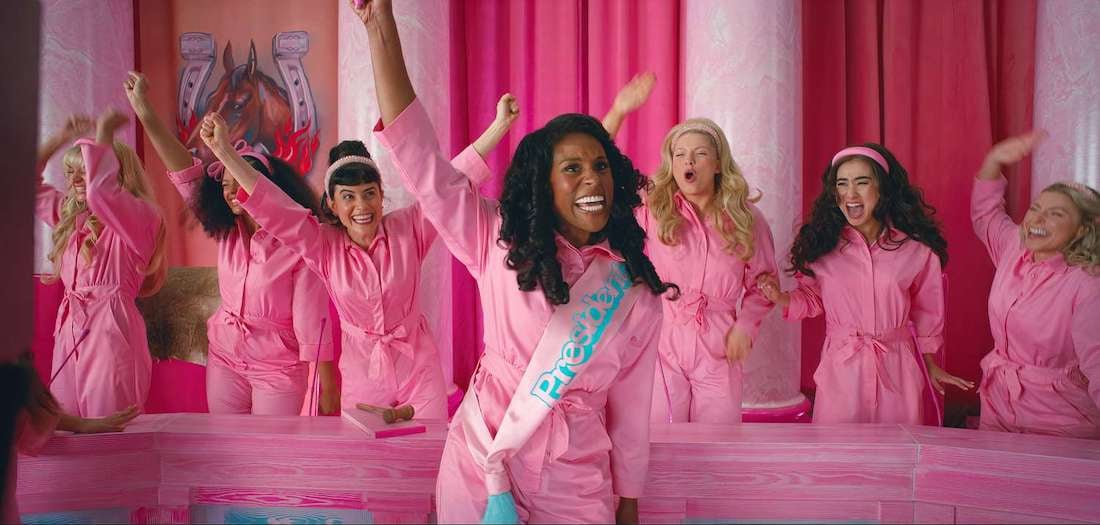
It’s similar to Elf, whose title character travels from the North Pole to New York City, Back to the Future when Marty McFly goes back in time or Orange is the New Black when Piper goes to prison.
Barbie has several characters experiencing a fish out of water story going at any given time, some of which I won’t spoil. Per the trailer, Barbie and Ken travel to the real world where things operate under a completely different set of rules. Everything is novel to them and the lens through which they see this new reality changes their thinking. There is comedy in the confusion, but not all fish-out-of-water stories are comedies.
It’s great for writers to see how Barbie uses this concept in a new way because it proves that even the most popular, even clichéd conventions can be reworked to create something entirely new and interesting.
It’s Okay to Hit the Point on the Head
There is a big message that the filmmakers are trying to get across in Barbie and they aren’t shy about hitting that point home. And while it may seem that on-the-nose dialogue shouldn’t work in movies, it does if done right.
If you’re trying to drive home a point in your movie and you want to make sure it gets across, it’s totally fine to consider having your characters upfront about it if it makes sense within the context of the story.
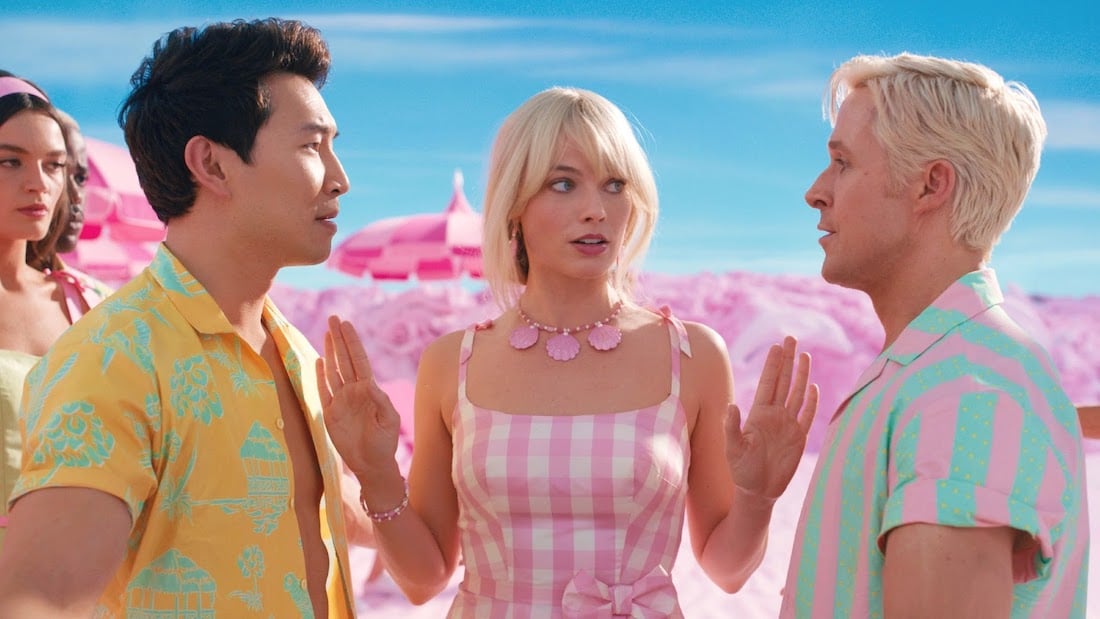
Create Fun for All Ages?
Barbie is rated PG-13 so there is room for grown-up humor even within the context of a child’s-toy-turned-movie. One of the things Gerwig did was insert a lot of humor that adults will appreciate but is likely to go over the younger kids’ heads. This is part of what makes the four-quadrant films successful and why Pixar has had a solid run of successful films.
However, there is an expectation of adult humor within a movie. For instance, in the upcoming Paw Patrol feature film, there likely won’t be laughs for adults unless it’s a gag that the whole family cracks up at. Barbie uses double entendres, puns, and in-your-face dialogue geared toward a more mature audience, which can feel a bit jarring for a movie about Barbie dolls.
So, writers should understand and be aware that this can be a tricky line to navigate. Do you lean into adult humor? Do you pull things back with innuendos kids don't understand (but ask about later, much to the dismay of their parents)? Do you try to make it enjoyable for all ages? The answer will depend on who your project is marketed toward, but writers should know how to adjust the heat of their script at will.
Read More: Brett Goldstein on Ted Lasso and Putting Humor into Drama

---
Greta Gerwig seems to be one of the only filmmakers capable of pulling off a movie like Barbie, similar to how Christopher Nolan is unique in his ability to pull off a movie like Oppenheimer. But writers can take away a lot of lessons in Gerwig’s storytelling and how she created a world that was sensitive to the history of the doll yet could be modern and unique to please an audience of all ages.
Written by: Steven Hartman
Steven Hartman is an award-winning, optioned screenwriter. He was a Top 5 Finalist in Big Break’s Historical Category in 2019 and won Best Action/Adventure in Script Summit’s Screenplay Competition in 2021. He holds a Bachelor of Arts degree from Columbia College and had internships at Jerry Bruckheimer Films and Village Roadshow Pictures. Steve is a full-time writer and creative video producer by day and a screenwriter and novelist by night.

